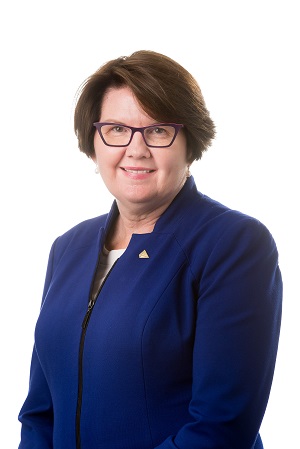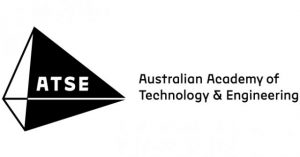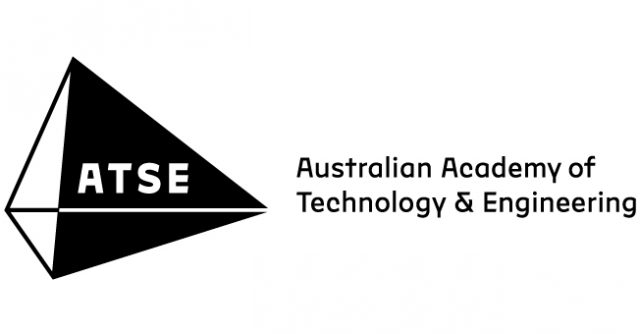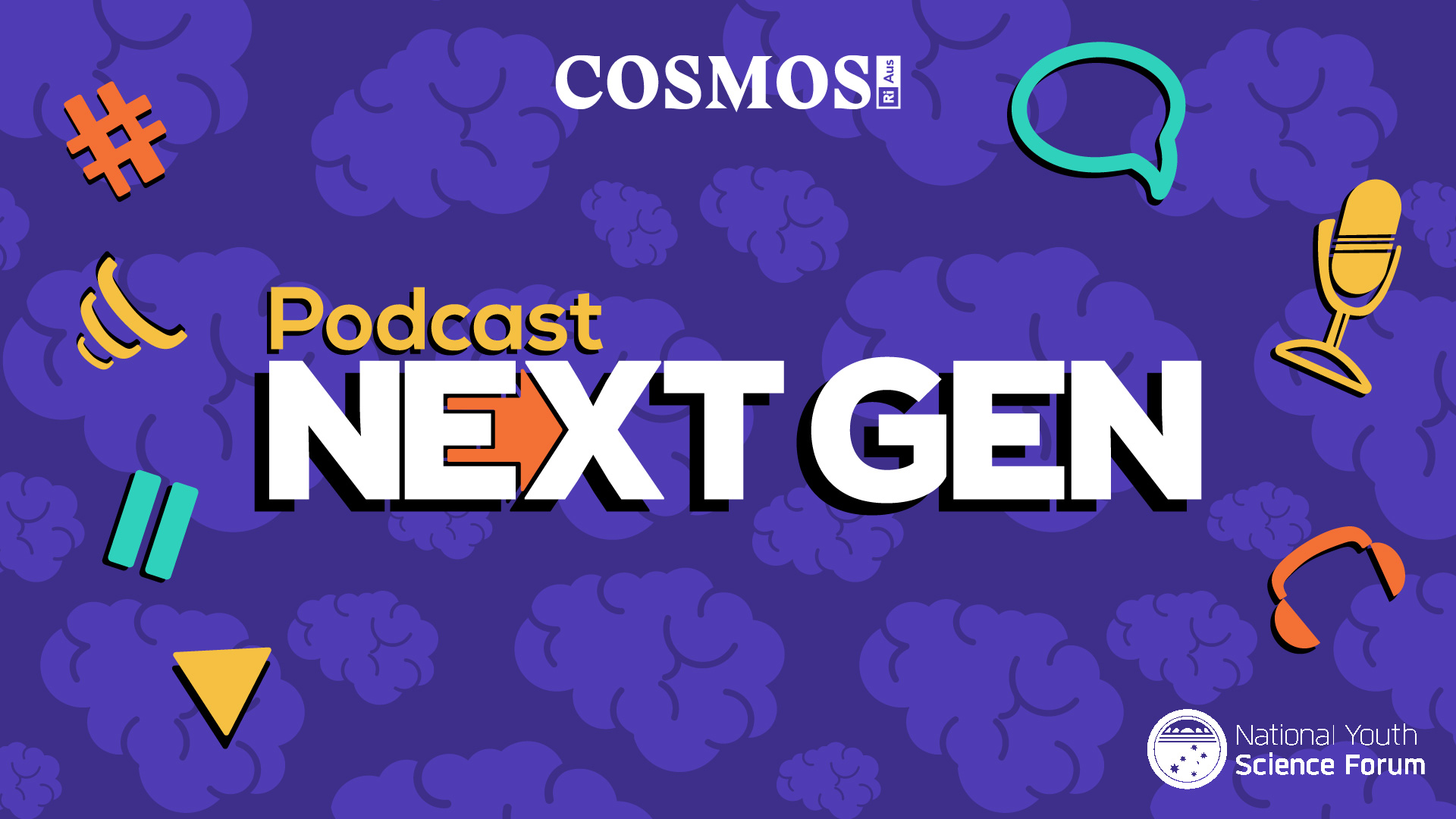Engineer, company director and diversity leader Leeanne Bond talks about breaking down the barriers in the world of engineering.
This career profile and podcast directly addresses the importance of women in engineering. Use the accompanying education resource to challenge students’ perceptions and (un)conscious biases of engineers and the work that they do.
Podcast Length: 19:49 mins

If you always have a thirst for learning and solving problems, engineering might be the career for you.
Maths and science skills are essential for a successful engineering career, but it helps to really love the subjects too, according to Leeanne Bond, an Engineer at the Australian Academy of Technology and Engineering.
“Like a lot of women that I have met in our profession, I decided to do engineering because I loved maths and science. I enjoyed school. I enjoyed the intellectual challenge,” says Bond.

Being an engineer isn’t about keeping a bunch of facts in your head, it is about being able to learn new information and incorporate it into your work. This is so important because engineers have to keep learning after they finish their studies.
“When I graduated, my father again gave me some very good advice,” says Bond, “He said, ‘You’ve just proved that you can learn how to learn.’”
“So, I came out with a thirst for knowledge and experience, and everyone, probably paternalistically, helped me, but I rapidly learnt the things that I didn’t know about the workforce, and I think that helped me in establishing myself as an engineer.”
Bond has set up a scholarship to help girls studying engineering have a better financial footing in their first year of University studies. During the process, she specifically wants to know peoples’ passions and interests, as they will be instrumental in their future careers.
“I ask my scholarship applicants to have a real think about why they’re doing engineering? What is the connection between engineering and business? How are they going to implement their degree?”
“And they’re very, very clever, and they do think a lot about it. A lot of them are doing dual degrees, so they’ve already made a connection. They might be doing another arts type, or business type economics subject as well, which wasn’t really a thing when I went through, you just did engineering and then later you realized actually it’s broader than that.”
Many new technologies are being developed that will change how engineering jobs look in the future, so being able to adapt to and learn from that change is an essential skill for engineers.
“I think on the energy transition, I’m a very practical person. I have worked in almost every part of the energy sector from gas, coal-fired generation, oil refining, solar, wind, now hydro.
“I think that there are different technologies [that] fulfil different roles, and we need to be practical about how we make this transition for the best outcomes for our society, and I think that’s the challenge and the excitement at the moment.”
Leeanne strives to get more women into engineering, which has been traditionally male-dominated.
“I was sort of seen as the replacement for the female engineer, and I’m like, “Well, I’m just an engineer, and I happen to be female.”
“So, I think [it was a] thing that the industry had to deal with, but that was 30 years ago, and I think now we’re much more mature about making sure that we have the right facilities, and it’s not a cost trade-off.”
Beyond this, Bond is passionate about keeping more girls and women in engineering after they have finished studying, and she is actively finding ways to make that happen.
“There’s a thirst for wanting to welcome more women and [a] more diverse workforce, but my role is really to help what should we actually do and implement programs rather than talking about it,” she says.
She does this by increasing the recruitment of women and putting in effort to retain and promote the women who are already there. She also helps build awareness of the good things happening in her workplace, so other people can see how effective they are.
“There’s not just one thing that suddenly you’re going to have a more diverse workforce,” explains Bond.
“I think we were about 11% women, and we’re really focusing on a lot of scholarships for female engineers and other ways of bringing more women into the workforce, including in our trade area.”
“What does it mean to be inclusive? It means challenging yourself for any inherent unconscious bias you might have, to not even consider someone that is not within your team, or doesn’t look the way that everyone you’ve ever employed looks.”
Listen to the podcast:
This article was written by Dr Deborah Devis.
The podcast was created and supplied by ATSE. Get the original podcast here.
Years: 8, 9, 10
Login or Sign up for FREE to download a copy of the full teacher resource including the podcast transcript
Topics:
Additional – Careers, Maths, Technology, Engineering.
The Australian Academy of Technology and Engineering (ATSE) is a Learned Academy of independent experts that helps Australians understand and use technology to solve complex problems.
We bring together Australia’s leading experts in applied science, technology and engineering to provide impartial, practical and evidence-based advice on how to achieve sustainable solutions and advance prosperity.
The Academy champions excellence and contributes robust and practical thinking to Australia’s big debates.
Like you, we’re curious about the world and want to create a better future.
The Academy is supported in its mission by almost 900 Fellows drawn from industry, academia, research institutes and government, who represent the brightest and the best in science, technology and engineering in Australia.




